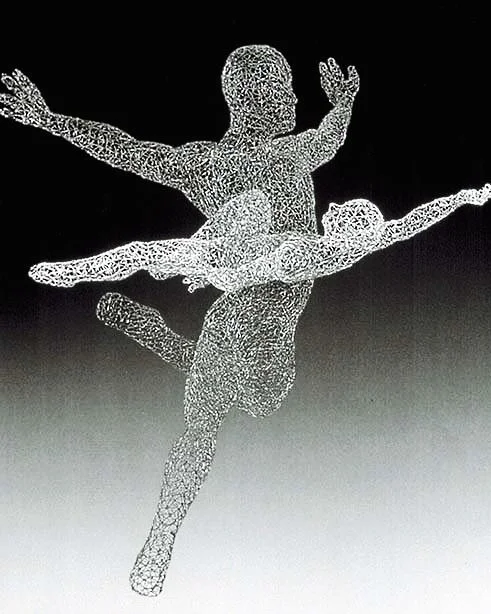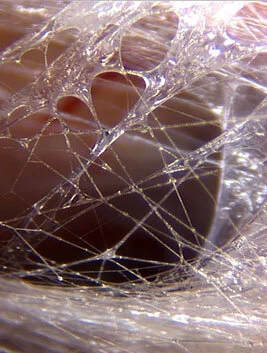What are fascia restrictions and what causes them?
Fascia is the soft tissue component of connective tissue that is prevalent throughout the entire body. It is a three-dimensional web with a unique architectural system surrounding muscle, tendon, ligaments, nerves, blood vessels, and organs which provides stability, structure, cushion, and communication within the body.
Restrictions in fascial occur through trauma or injury, surgery, inflammatory processes, environmental, positional, and/or emotional stresses. Fascial restrictions create pain and limitations with mobility and range of motion which can significantly impact activities of daily living, work, recreation, and participation in sports. Fascial restrictions are frequently overlooked in traditional medical care as they do not show up on standard medical testing such as Xrays, MRI and CAT scans and are not generally addressed by traditional physical and/or occupational therapy protocols, massage therapy, and chiropractic therapies.
Many traumas, injuries, repetitive and sustained positions (such as computer work, texting, cycling, skiing, rock climbing) can create shortening of our connective (fascia) tissue. Bracing and holding patterns can develop over a period of years creating further pain and debilitation. Traditional outpatient therapy generally treats the localized area of pain, but frequently does not address the fascia connective tissue dysfunction which results in continued pain and dysfunction.
How MFR Can Help
The John Barnes Myofascial Release treatment therapy is the genuine Myofascial Release that combines three techniques in conjunction: Rebounding, Unwinding and Structural Releases. These will be briefly described to understand the terms.
Structural Releases: Fascia release involves applying gentle, sustained pressure into areas of tightness, restriction, or pain and waiting for the body to release. Pressures are applied to gently reach the barrier of the myofascial tissue restriction; if the pressure is not applied for enough time the tissue will just spring back once the pressure is disengaged. Because initially what is felt which might be mistaken with a release is the elastic component of the tissue giving way. The only way to create a lasting change in the fascia is to wait long enough holding the pressure (5 minutes or longer), it enables the myofascial tissue to fully melt and lengthen. Recent research also tells us another benefit of reaching the 5 minutes mark or longer besides allowing for a phase change in the tissue, and it is that the body will begin producing Interleukin which is a natural anti-inflammatory, that promotes the body self-healing process. This response is only elicited when pressure is sustained and uninterrupted, no rubbing, poking, or manipulating. It is very important to note that structural myofascial release can only be performed on dry skin; using creams or oils indicate that the therapist is not able to properly sustain pressure because would be sliding on the skin.
Unwinding: When you first wake up in the morning and have the urge to yawn, roll and stretch before jumping out of bed, you are experiencing the innate ability of the body to self-correct tension, tissue restrictions and postural imbalances using natural, intuitive movement. With the help of a therapist to support your body and minimize the effect of gravity, your body can soften and release.
Rebounding: We are approximately 75% fluid, and when rocked, an internal wave of motion and energy begins to form and move through the fluid inside our bodies. If the rocking is gently sustained and continued over time it reaches and affects the solidified areas of the body. With myofascial rebounding, every cell of the body can be reached, even dense structures as bones, by the profound fluid wave. Myofascial rebounding can be used as an assessing technique or as a treatment clearing out the habitual bracing and/or holding patterns that are in our bodies due to a buildup of stress and trauma.
With the advances in laser technology researches have been able to see the three-dimensional quality of the fascia web, its fluidity, and the fascia ground substance. This powerful multidimensional fascia when traumatized can produce crushing pressure on pain-sensitive structures. The Myofascial Release Approach treats the entire human being.





